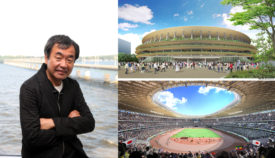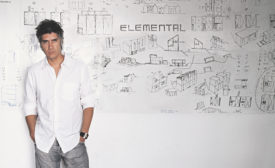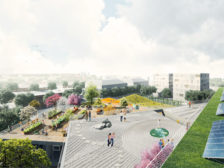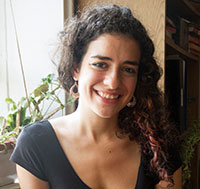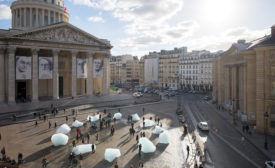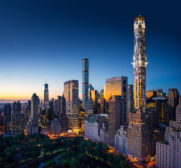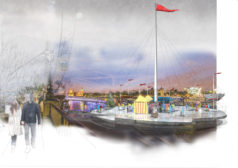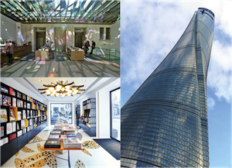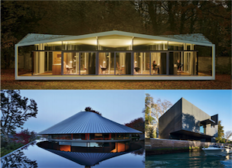News
BIG and Leo A Daly’s Cascading Design for a Public School
Stacked bars fan around a central axis in a scheme that merges an experimental outlook with distinct academic needs.
Read More
Mark Foster Gage's Dramatic West 57th Supertall
The ornately carved luxury building would stand in stark contrast to "tall boxes" of other residential skyscrapers.
Read More
When London Freezes Over: Floating Ice Rinks for the River Thames
NBBJ reveals its concept for "Frost Flowers."
Read More
Video: 'Spooky Action' Installation by the Principals
A "holiday gift" from the Brooklyn-based firm immerses viewers in light, sound, and movement.
Read More
Class Favorites: Best Projects of 2015
Six superlatives and a dozen of the year’s best features.
Read More
Top Five of ’15: Contemplative Centers and Pavilions
Projects that make space for contemplation, meditation, and reflection.
Read More
Copyright ©2024. All Rights Reserved BNP Media.
Design, CMS, Hosting & Web Development :: ePublishing
